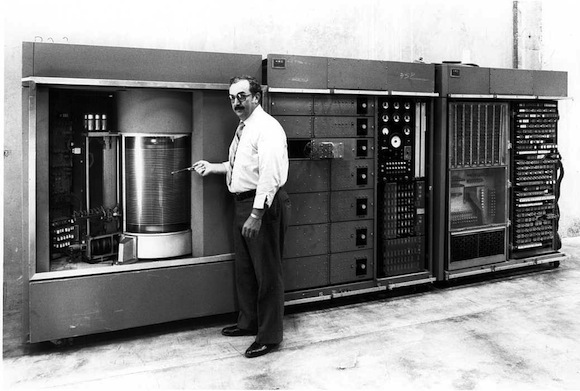This week Seagate has announced that it has developed 2.5-inch 2TB HDDs for mobile use. The HD has an areal density with a new 7mm thick. The breakthrough means that manufacturers can get storage drives with a capacity of 1TB per platter.
The drives use recording-subsystem components like the head, media, preamp, and channel to reach greater areal densities. The channel frequency is not slowed by someone standing with their eyes shut moaning about the top end not being quite crisp or how they wished they took their CDs out of the case with anti-static gloves. Audiophile analogies do not quite work.
The tech delivers "drives with lots of storage space that are thin, lightweight, quiet, and mechanically robust" which does sound like an audiophile review.
Seagate says that the new drives can survive intense shocks and vibrations and that it is 25 percent lighter than previous generations.
With a smaller drives, computer makers can design machines to be thinner or have larger batteries.
Seagate says that it is investigating using the new tech to make a hybrid drive that would combine NAND flash with learning algorithms with the higher areal density platters rivaling SSD performance with higher capacities at lower prices.
We have no information of when the new drives will appear, a price, or even what they look like. So we have provided a picture of a 5 MB Ramac hard-drive from 1956 for no apparent reason.





